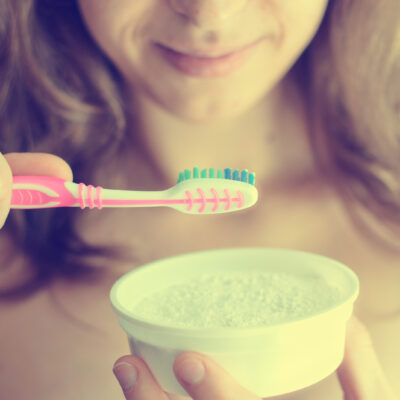
Male Pattern Baldness – Symptoms And Treatments
Causes of male pattern baldness
Age
With increasing age hair follicles start to shrink causing thinning hair and ultimately disappear causing complete baldness.
Hormone
Dihydrotestosterone, the male sex hormone, causes the decrease of hair follicles and is one of the primary causes of baldness in some men.
Genetics
If one or both parents or their families have experienced hair loss, the probability of male pattern baldness is higher.
Nutritional deficiencies
Malnutrition and iron deficiency because of a poor diet can cause loss of hair that leads to baldness.
Infections
Certain fungal infections or chronic diseases like diabetes or lupus, or an overactive or under-efficient thyroid gland causes baldness in men.
Medication side effects
The side effects of certain medications cause male pattern baldness. Especially guilty are blood thinners and excessive presence of vitamin A supplements.
Psychological conditions
Psychological stress caused by major life changes like the death of a close relative, losing a job, or changes in relationship status too can cause pattern baldness in men.
Symptoms of male pattern baldness
When hair starts thinning and ultimately disappears, particularly in the frontal area, along the temples and crown of the head in men, it is termed male pattern baldness. This type of baldness initially starts as thinning of existing hair and then proceeds to become receding hairline. Androgenetic alopecia, commonly known as male pattern baldness, remains the common cause of hair loss in men and more than 80% of men over the age of 50 in the country experience this.
Treatment for male pattern baldness
- When baldness is treated promptly after it sets in, that is when abnormal hair fall is noticed, or when hair starts thinning, the chances of slowing or reducing the loss is higher. The treatment for this is two-fold: the step first is to stop hair loss, and the next is to restore the growth of new hair. This can be achieved by increasing the flow of nutrient-rich blood to the hair follicles.
- Simple and safe treatments include using hats or caps to cover the baldness, or using suitable hair wigs. Sometimes a creative hairdo can mask the bald areas and make the hair appear fuller on the head. The use of hair loss prevention shampoos that contain biotin and hair oils that stimulate the growth of hair could benefit people suffering from male pattern baldness. Biotin helps regrowth of new hair and improves the texture, thickness, and strength of the new hair that forms.
- Hair weaving can be opted for if there is enough natural hair to sew the weave. Hair transplantation is the process of surgically removing active hair follicles that are not prone to baldness, like the ones from the back of the scalp, and transplanting them to balding areas is another popular treatment for male pattern baldness.
- Medicines like minoxidil, a topical solution, when applied to the scalp, either slow down the loss of existing hair and/or promotes the growth of new hair. Similar to this is oral medicine, finasteride, which works to reduce hair fall. It works by blocking the conversion of testosterone into dihydrotestosterone, one of the major hormones that contribute to male pattern baldness.
Having said that, it is always advisable to check with a specialist who can take a look at your condition and suggest appropriate measures to contain the problem.


